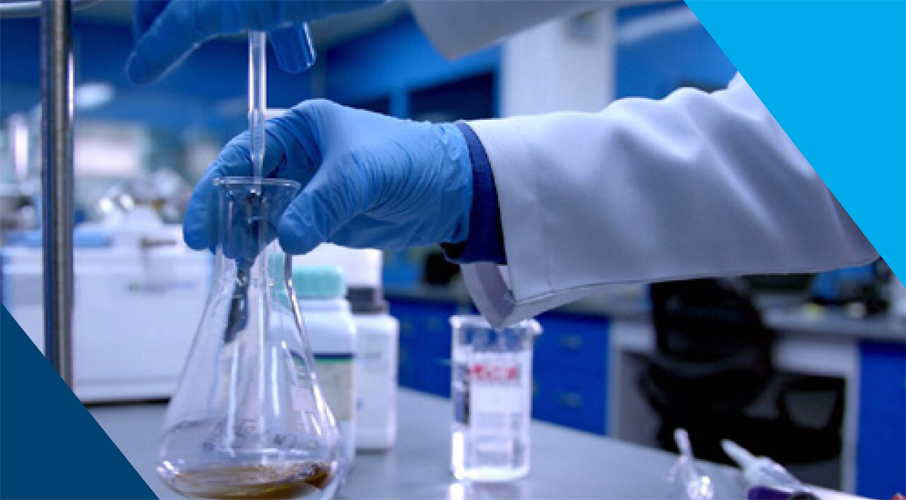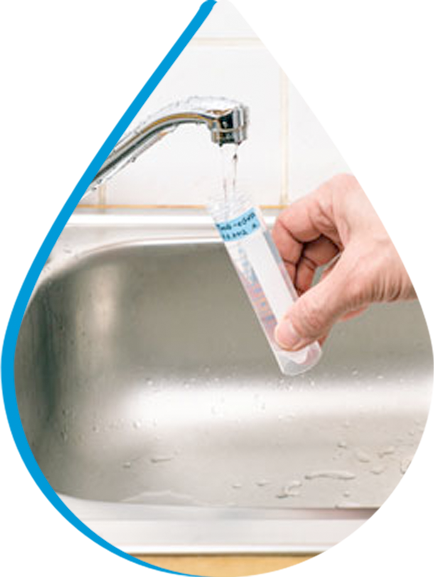Budget-friendly Water Testing Services Tampa: Safeguard Your Health Today
Budget-friendly Water Testing Services Tampa: Safeguard Your Health Today
Blog Article
Recognize the Value of Water Testing in Keeping Conformity With Wellness Specifications
In the realm of public health, comprehending the importance of water testing is indispensable for preserving conformity with rigid health criteria established forth by reliable bodies like the That and EPA. What are the specific techniques utilized in water testing, and just how do they guarantee that our most crucial resource remains unpolluted?
Trick Health Specifications for Water
Making certain the security and top quality of drinking water is extremely important, as it straight influences public health and wellness. Rigid health criteria are developed to safeguard individuals from waterborne illness and pollutants that can bring about damaging health results. The World Health And Wellness Organization (WHO) and nationwide firms like the Environmental Security Firm (EPA) in the USA established guidelines and regulatory limits for different physical, chemical, and biological criteria in drinking water.
These requirements are based on substantial scientific study and are periodically evaluated to include technical improvements and brand-new findings. Key specifications consist of microbial contaminants such as bacteria and infections, chemical pollutants like lead and arsenic, and physical characteristics such as turbidity and pH levels. Conformity with these criteria makes certain that water is complimentary from damaging compounds and is aesthetically pleasing to the consumer.
Water screening plays a crucial duty in verifying compliance with these wellness requirements. Routine tracking and screening assistance recognize prospective concerns prior to they posture a substantial health and wellness risk, permitting timely intervention and remediation. By abiding by these requirements, water carriers can maintain public confidence in the safety of the area's supply of water, thereby guarding public health and wellness successfully.
Common Contaminants Identified
When examining water high quality, what are the most prevalent contaminants that tend to be found? Microbial microorganisms, consisting of bacteria like Escherichia coli and protozoans such as Giardia and Cryptosporidium, are often located in water sources, presenting significant wellness risks if ingested.
Chemical contaminants are likewise a key concern. Nitrates, often resulting from farming plant foods, can result in serious health and wellness issues, particularly in infants. Heavy metals such as mercury, arsenic, and lead, typically introduced via commercial discharge or all-natural natural resource, can have lasting harmful results. Unpredictable natural compounds (VOCs) and pesticides, results of agricultural methods and commercial tasks, more add to water contamination.
Inorganic compounds such as fluoride and chlorine, although in some cases deliberately added to water for health and wellness benefits, can become troublesome at elevated degrees. Finally, arising contaminants, consisting of pharmaceuticals and personal treatment products, are increasingly being discovered, raising issues regarding their prospective influence on human health and ecosystems. Dealing with these impurities is necessary for safeguarding public wellness and guaranteeing water high quality compliance.
Methods of Water Testing
Water screening's accuracy is important for determining pollutants and ensuring safety conformity. Water Testing Services Near Me. To attain accurate outcomes, various methods are employed, each tailored to detect certain impurities and align with regulative standards. One common method is spectrophotometry, which measures the absorption of light by chemical compounds in the water, consequently determining components like nitrates and phosphates. This approach is beneficial for its sensitivity and uniqueness.
Chromatography is an additional sophisticated approach used, particularly for natural pollutants. By dividing blends right into private elements, it allows for in-depth evaluation of complicated pollutants. Gas chromatography and liquid chromatography are frequently utilized variants, each matched for different compound types.
Microbiological screening is necessary for finding pathogens such as microorganisms, viruses, and protozoa. Methods such as membrane layer filtering and multiple-tube fermentation are utilized to society and recognize microbial visibility. These techniques are important in guarding public wellness by making sure microbial security.

Benefits of Regular Testing
Understanding the numerous methods of water screening highlights the requirement of routine screening techniques to keep water high quality. Normal water testing offers as a proactive measure to recognize possible impurities prior to they escalate right into major wellness click this site dangers. By regularly keeping track of water top quality, organizations can spot toxins such as germs, hefty steels, and chemical deposits early, permitting prompt treatments that avoid health and wellness dangers and expensive remediation initiatives.

Additionally, routine testing guarantees that water supply abide by well established health and wellness standards and regulations. This conformity is important for avoiding lawful charges and maintaining the trust fund of stakeholders and customers. Constant water high quality analyses assist recognize trends or fluctuations in water structure, supplying useful information that can assist operational choices and source monitoring techniques.
Additionally, regular water testing fosters public self-confidence by demonstrating a commitment to safety and transparency. In industries such as metropolitan water health care, food, and supply processing, preserving high water high quality standards browse this site is indispensable to securing public wellness. Routine testing also sustains environmental sustainability by making sure that water sources are managed properly. Overall, the benefits of regular water screening expand past compliance, enhancing operational effectiveness, public safety, and environmental stewardship.
Steps to Make Certain Compliance
To ensure compliance with water top quality laws, companies must apply a structured method including both preventive and corrective steps. Originally, a detailed risk evaluation should be performed to recognize prospective contamination resources and vulnerabilities within the water supply. This analysis educates the advancement of a tailored water monitoring plan that lays out specific evaluating methods, regularity, and criteria needed to satisfy regulative requirements.
Succeeding to the preparation stage, organizations ought to develop a schedule for regular water testing that sticks to both neighborhood and nationwide guidelines. Using certified labs guarantees the accuracy and reliability of examination results. Any kind of deviations from acceptable water quality standards need to motivate immediate rehabilitative actions, such as system cleaning, repair work, or adjustments in therapy processes.
Furthermore, preserving thorough documents of all screening tasks, results, and corrective activities is crucial for demonstrating conformity during audits and evaluations. Routine training and updates for personnel associated with water monitoring procedures are critical to ensure they are blog here conscious of existing regulations and ideal methods.
Final Thought
Routine water screening is essential for preserving conformity with health requirements established by organizations such as that and EPA. By determining pollutants like microbial microorganisms, hefty steels, and chemicals, screening makes sure that drinking water remains risk-free. Aggressive tracking protects public wellness, supports regulative conformity, and fosters self-confidence in water high quality administration. In addition, constant testing advertises environmental sustainability and safeguards communities, protecting vital water sources for future generations. Compliance with these standards is critical for the wellness of culture.
In the world of public health, understanding the importance of water screening is important for preserving conformity with stringent health and wellness criteria set forth by authoritative bodies like the WHO and EPA. By adhering to these requirements, water service providers can keep public confidence in the safety of the community's water supply, thus safeguarding public health effectively.

In fields such as local water healthcare, food, and supply processing, keeping high water high quality standards is important to protecting public wellness.
Report this page